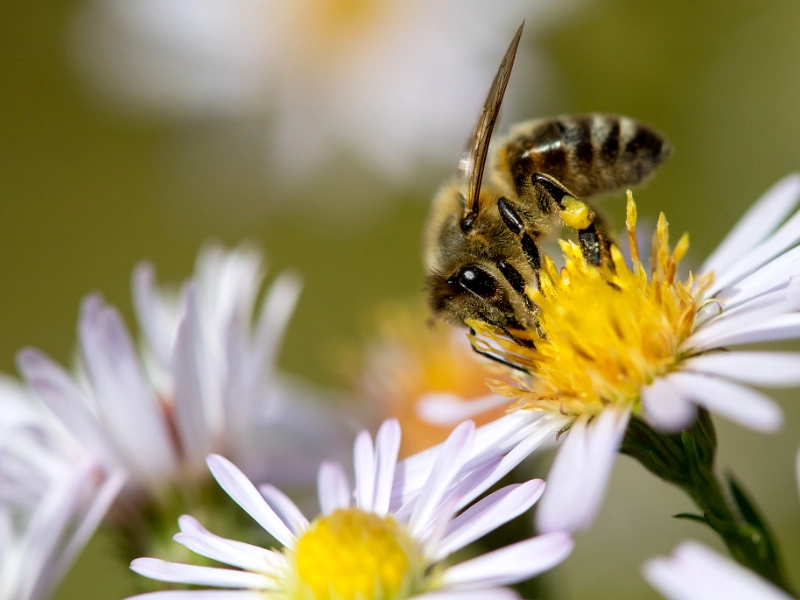Honey and Environmental Protection: The Importance of Bees to Ecosystems
Advertisement
3. The Pollination Powerhouse: Bees as Nature's Matchmakers

Advertisement
A basic process in plant reproduction is pollination, the movement of pollen from the male to the female sections of a flower. Though some wind-pollinated plants and numerous pollinating animals exist, bees are the most important pollinators in nature; they are hence known as "pollination powerhouses."
Bee pollination efficiency is the result of various elements. Bees are deliberate in their foraging first of all. Unlike some other insects that might unintentionally poll flowers while looking for food, bees aggressively hunt pollen and nectar. Their deliberate foraging behavior increases their likelihood of visiting several flowers of the same species, therefore promoting successful pollination.
Bees are likewise suited for their work. Fine, branching hairs covering their body readily gather pollen grains. Pollen hooks on these hairs and is carried to other flowers as they go from bloom to bloom. To gather and carry vast quantities of pollen back to their hives, some bees even have specialized devices on their legs called pollen baskets.
Bees' floral faithfulness is another reason they are outstanding pollers. Flower constancy is the behavior wherein many bee species concentrate on one type of bloom at a time. Successful pollination depends on pollen being transmitted between similar-species flowers, thus this raises the probability of this.
One cannot stress the influence of bee pollination on agriculture. Among the many crops bees poll are fruits (apples, strawberries, blueberries), vegetables (squash, cucumbers, tomatoes), nuts (almonds, cashews), and vital oil crops like canola. This service has great economic worth. Bee pollination is thought to add around $15 billion in agricultural value yearly only in the United States.
Beyond farming, wild bees are absolutely vital for pollinating wild plants. Keystone species in their ecosystems, many of these plants give food and habitat for a great variety of animals. Bees ensure the reproduction of these plants, therefore preserving the structure and purpose of whole ecosystems.
Additionally covered by bees' pollinating activities are bushes and trees. Many tree species—including some hardwoods and fruit trees—rely on bee pollination. Bees help to indirectly contribute to carbon sequestration, soil preservation, and the provision of habitats for innumerable other species by helping trees to be reproduced.
Furthermore adding to genetic variety in plant populations is bee pollination ability. Bees help genetic material to be exchanged as they go between several plants of the same species. Long-term survival and adaptation of plant species depend on this genetic mixing, which also helps plants withstand diseases and change with the surroundings.
Bees essentially are the matchmakers for nature; they are indispensible in preserving the health, diversity, and output of our agricultural and natural environments. The foundation of ecological stability and food security is their pollination activities, which emphasizes the great need of bee preservation campaigns.
You May Like
Advertisement

